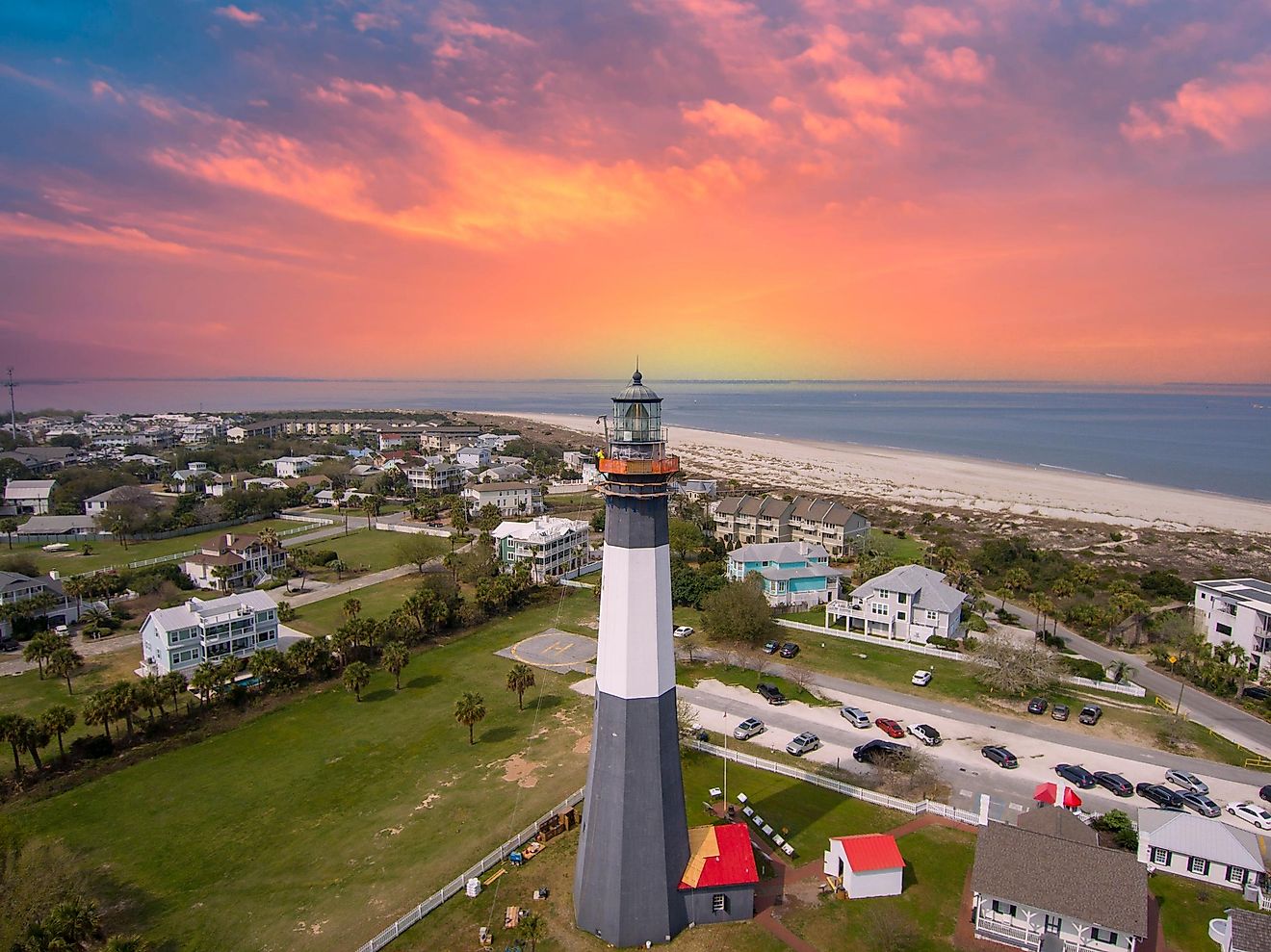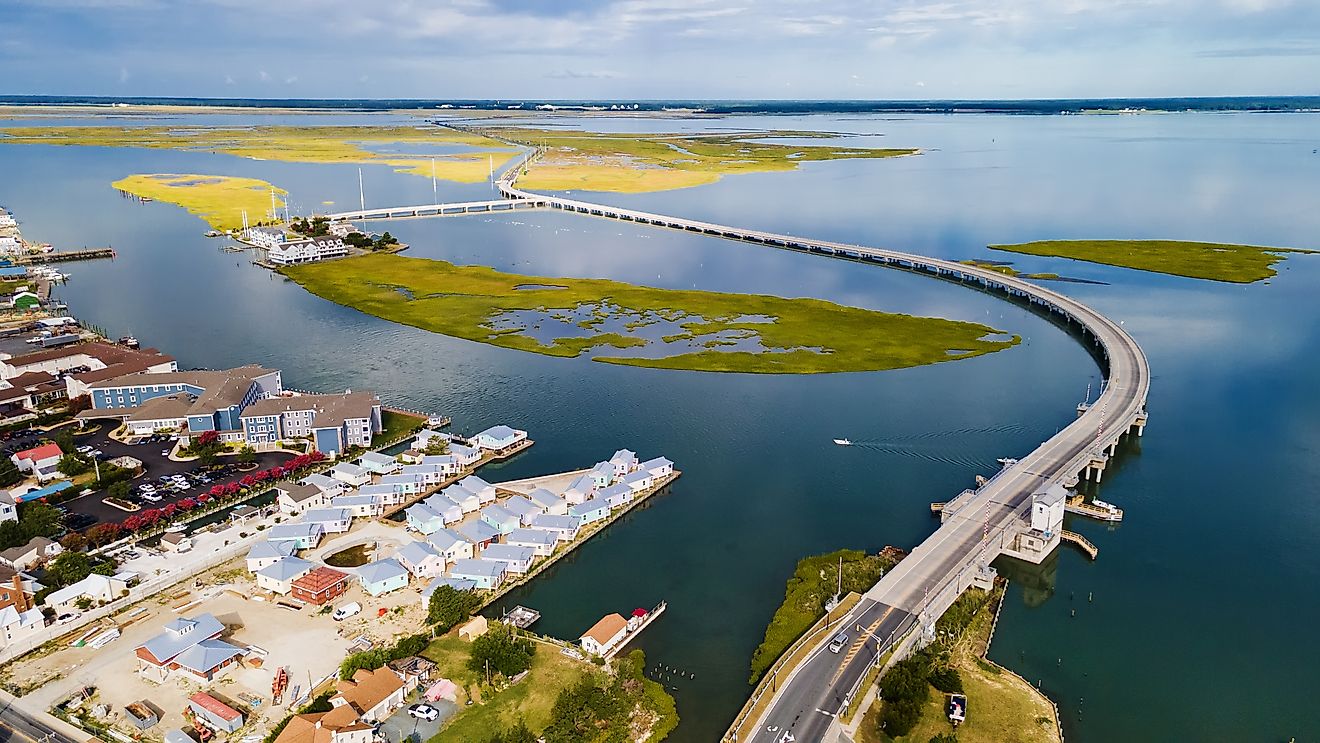
Abbeville, Alabama
Abbeville is a small city situated in Henry County in the southeastern portion of the US State of Alabama, close to the boundary between Alabama and Georgia. Placed in the state's Wiregrass region, the city has tree-lined streets, charming shops, eateries, and a lot of history. According to a local legend, the Poarch Band of Creek Indians of Abbeville called the city Yatta Abba, which means "grove of dogwoods." Every year, Abbeville has the Yatta Abba Festival, which features entertainment, cuisine, art, and children-friendly activities, to mark the arrival of spring and the blooming of the dogwoods.
Geography And Climate Of Abbeville

Abbeville is East Alabama's oldest remaining colonial settlement. The city is placed in the state's southeastern part along US Route 431, Alabama State Route 10, and Alabama State Route 27. The US Route 431 links Eufaula in the north and Dothan in the south. Washington Street passes through the middle of the city and connects connects to Blue Springs in the northwest and the Georgia state line respectively. Also, from Abbeville, AL-27 travels 31 miles southwest to Ozark. Abbeville covers a total area of 40.36 sq.km, of which 40.26 sq.km is occupied by land and 0.11 sq.k is covered by water.
According to Köppen Climate Classification, Abbeville experiences a humid subtropical climate having short mild winters and long, hot, muggy summers. The average annual temperature ranges between 40°F and 91°F. The cold season, which lasts from December 1 to February 23, has an average daily high temperature below 66°F, whereas the hot season, which lasts for 4.2 months from May 18 to September 24, has an average daily high temperature above 85°F. In Abbeville, it rains all year round. On average, the town receives 54 inches of rain and 0 inches of snow per year.
History Of Abbeville

Before European colonization, the area that presently encompasses Abbeville belonged to the Creek Nation. When Alabama became a state for the first time in 1819, Henry County was formed, and Abbeville was one of the county's first townships. However, once Houston County was formed from portions of Henry County in 1833, the old seat of Columbia was included in Houston County, and Abbeville was named the new county seat. The county built a timber courthouse in the town the same year. In 1853, the town became formally incorporated. Until the beginning of the twentieth century, Abbeville's economy was primarily based on agriculture. The boll weevil's arrival in the area caused difficulties for the cotton farmers, and many switched to other crops. Since then, peanuts have been the major commercial crop in the Wiregrass region, but other crops like corn and vegetables are also significant.
Population And Economy Of Abbeville

As per the latest US Census, Abbeville has a population of 2,358 people. The top ethnic groups in Abbeville are White (Non-Hispanic) at 49.07%, African American at 43.85%, Native American at 0.21%, Asians at 0.64%, Other races at 3.39%, and Hispanic group at 2.84%. Veterans make up 9.6% of Abbeville’s population, of which 98.3% are males and 1.7% are females.
The employment rate in Abbeville is 36% with a poverty rate of 20.4%. The median household income of Abbeville is $36,944 and the percentage of people without healthcare coverage is 7.5%. Over the past year, the job market in Abbeville has increased by 1.1%, and the future job growth is expected to be 29.1% during the next decade.
Attractions In Abbeville
There are several churches in the city, including Saint Johns Church, Abbeville Methodist Church, Free Will Church, and Hickory Grove Church. Town Creek is a must-see for nature enthusiasts. The city's primary retail destination is the Wiregrass Commons Mall which meets everyone's shopping needs. Delicious southern dishes, including fried chicken, turnip greens, fried okra, casserole, yams, and banana pudding, are popular in Abbeville. Abbeville is therefore an ideal vacation spot because of its fascinating history, culture, and delectable cuisine.











